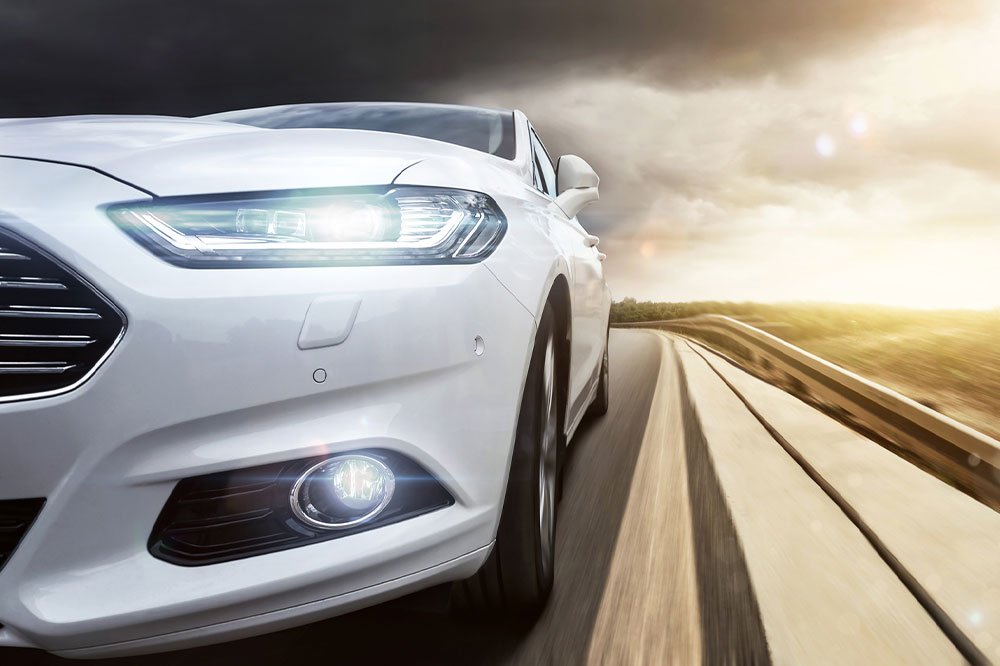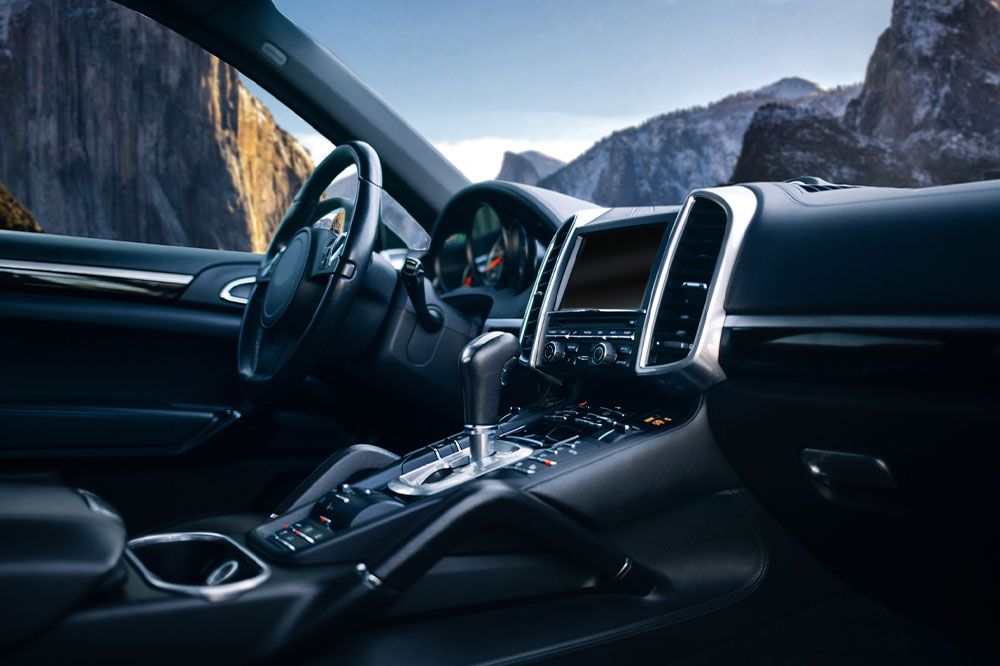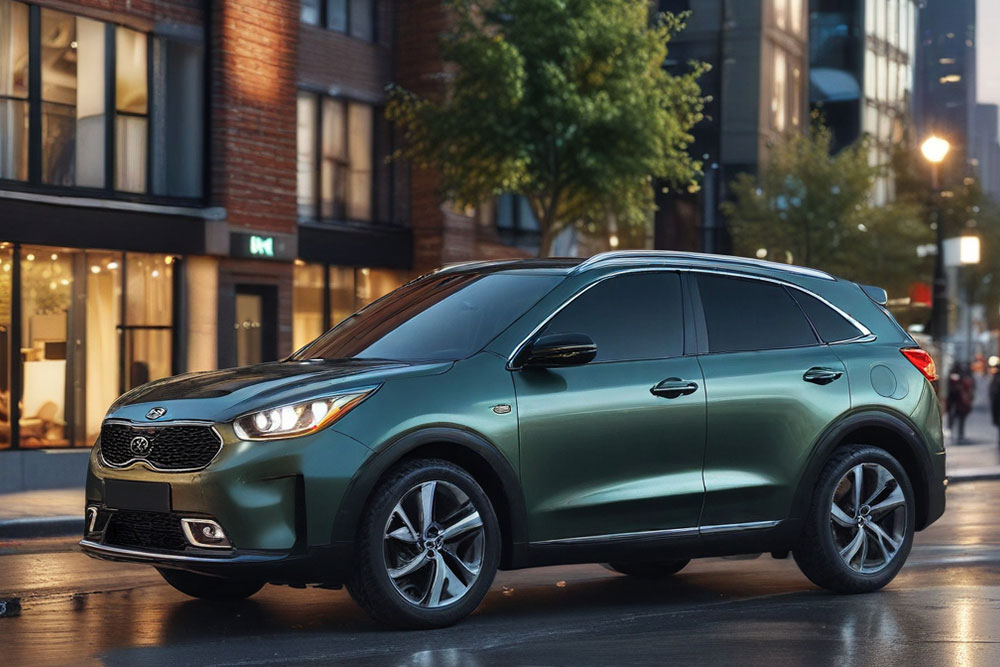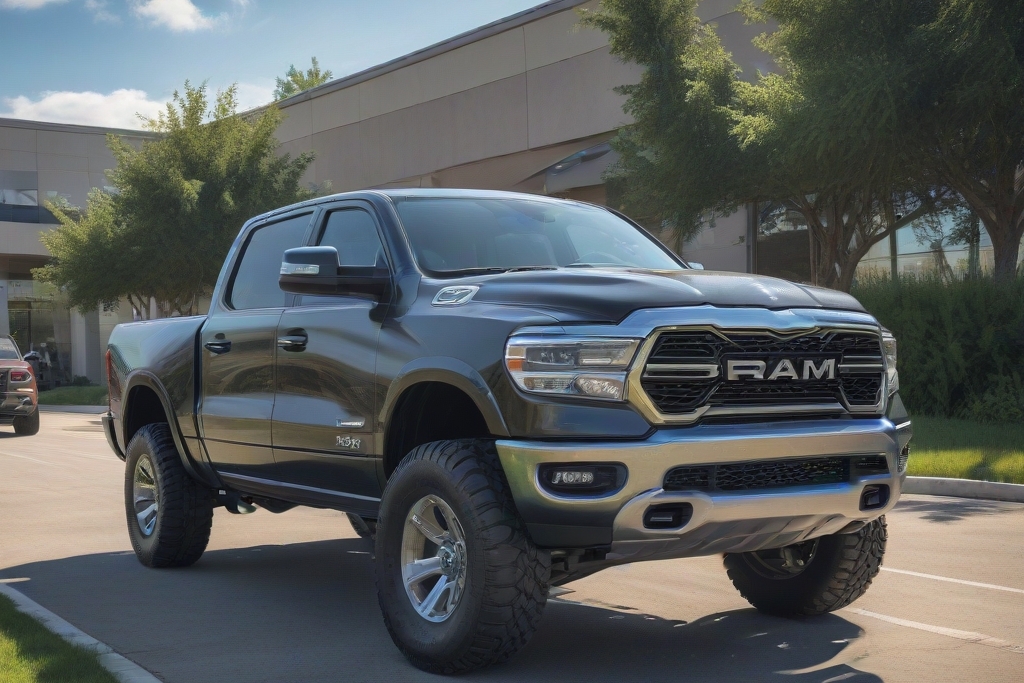Key Factors Shaping the Trends in the U.S. Passenger Car Market
Explore the key factors influencing the U.S. passenger car market, particularly the enduring popularity of midsize sedans. Discover how consumer preferences, technological advancements, and eco-friendly options are shaping this segment's future. Understand the history, current trends, and innovations that continue to drive sales despite the rise of SUVs and electric vehicles.

Understanding the Key Factors Influencing U.S. Passenger Car Market Trends
The landscape of the U.S. passenger vehicle industry has experienced significant shifts over the decades, beginning with pivotal moments like the launch of the Rambler Six in 1956. This vehicle marked a turning point in automotive history by establishing a new category of vehicles based on size, which laid the groundwork for what would evolve into today’s midsize sedan segment. Originally, the classification of midsize cars was primarily based on wheelbase measurements rather than interior volume, but over time, these vehicles have grown and diversified, offering consumers a wide range of options that balance size, comfort, efficiency, and performance.
The modern midsize sedan today is typically characterized by a wheelbase ranging from 105 to 110 inches (2,667 to 2,794 millimeters). This size offers an ideal blend of interior space and maneuverability, making them particularly popular among American families seeking versatile and reliable transportation. According to the U.S. Environmental Protection Agency (EPA), these vehicles generally have an interior volume between 110 and 119 cubic feet (3.11 to 3.37 cubic meters), further emphasizing their spaciousness and comfort for passengers and cargo alike.
While the automotive market has seen a remarkable rise in SUVs, crossovers, and electric vehicles, midsize sedans have maintained their status as a top choice among American automotive consumers. The reasons for this enduring popularity are multifaceted, including their broad range of options across different price points, and continuous improvements aimed at elevating their appeal—such as enhanced safety features, superior reliability, stylish interiors, and fuel efficiency. Consumer preferences play a crucial role in shaping market dynamics; buyers increasingly favor models equipped with the latest safety technology, innovative comfort features, and eco-friendly powertrains.
Despite a slight decline in sales—about 10% in the third quarter of 2017—midsize sedans still represented approximately 31.6% of all passenger car sales in the U.S. market. This resilience can be attributed to the launch of new, more attractive models like the Toyota Camry and Honda Accord, which have sparked renewed consumer interest. Dealerships often promote these models through attractive discounts and promotional offers, further stimulating sales and interest in this segment. Meanwhile, established models such as the Chevrolet Malibu and Hyundai Sonata continue to perform well, thanks to their reputation for reliability and value. The latest designs, characterized by bold aesthetics and cutting-edge technological features, are helping to breathe new life into the segment.
Moreover, consumer preferences today are increasingly leaning towards eco-friendly alternatives. Hybrid, electric, and turbocharged models are gaining popularity as buyers seek options that deliver excellent fuel economy without compromising affordability. Luxury variants within the midsize sedan segment are also growing in popularity, offering high-tech features, sporty performance, and premium interiors—appealing to consumers looking for both comfort and a dynamic driving experience. The overall trend indicates that while the market has diversified, traditional midsize sedans still hold a significant share, driven by innovation, reliability, and evolving consumer demands.





